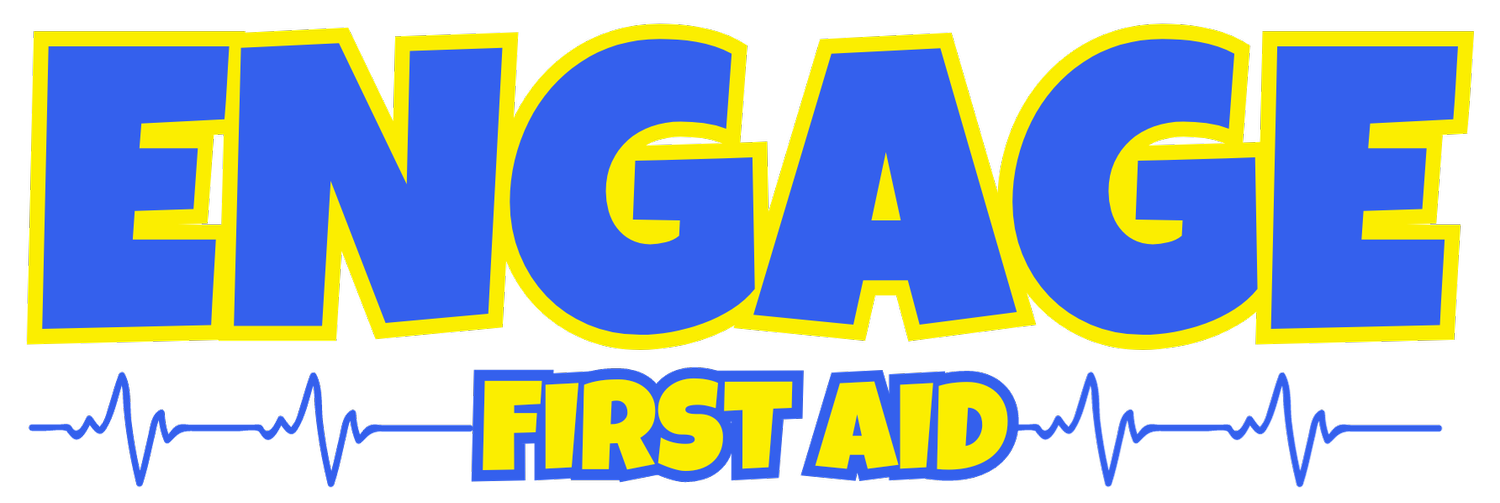Clear the air: Asthma First Aid Management
What is asthma?
Asthma is a disorder of the smaller airways of the lungs. Those with asthma have sensitive airways which can narrow when exposed to certain triggers, leading to difficulty in breathing.
Common Triggers
Pollens
Cold/Flu - respiratory infection
Smoke
Dust
Dust mites
Moulds
Cold air
Exercise
Certain medications
Food & Additives
Animals
Deodorant & Perfumes
Chemicals
Emotions like stress
Signs and Symptoms of an Asthma Attack
Dry, irritating, persistent cough, particularly at night or early morning, with exercise or activity
Chest tightness
Shortness of breath
Wheeze (high pitched whistling sound during breathing)
Signs and Symptoms of a Severe Asthma Attack
Gasping for breath (with or without wheezing)
Inability to speak more than 1 - 2 words per breath
Severe chest tightness
Blue around the lips
Pale and sweaty skin
Anxious
First Aid Management
If the casualty has an Asthma Action Plan, follow it.
If they don’t have:
Sit them comfortably upright and don’t leave them alone
Give 4 separate puffs of a reliever inhaler, one puff at a time via a spacer
Get them to take 4 breaths from the spacer after each puff
Wait 4 minutes
If there is little or no improvement give another 4 puffs
If there is still no improvement, call 000 immediately
Keep giving 4 puffs every 4 minutes until the ambulance arrives
The information provided in this blog offers general insights only. It is important to note that this content is not intended to serve as medical advice and if you are experiencing a medical emergency, please call 000 immediately.
References
Guideline 9.2.5 - First Aid for Asthma, The Australian Resuscitation Council
It’s not just the puffer, Asthma Australia



